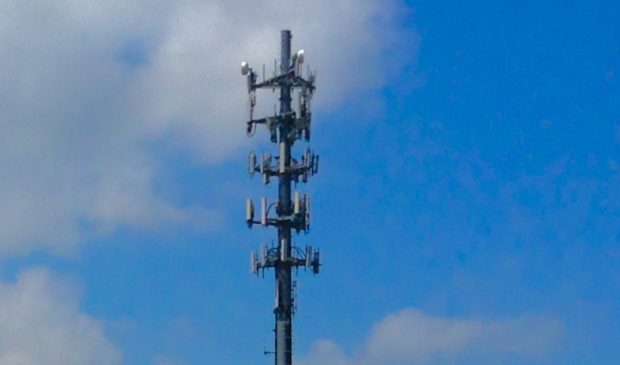Council says no to cell phone tower
Monday, April 15, 2019 by
Jo Clifton On a vote of 7-3, last week Council rejected an application to change regulations for a planned unit development that would have allowed a cell phone tower to be erected near a condominium complex and an apartment building west of the intersection of North Lamar Boulevard and West Parmer Lane.
Only Mayor Steve Adler and Council members Jimmy Flannigan and Pio Renteria voted in favor of the change. Council Member Greg Casar was off the dais for the vote, effectively giving the project a thumbs-down.
Residents of the complex signed a petition against the zoning change, but it was the signature of the apartment building owner that made the petition valid. With the petition in place, nine City Council members would have to vote in the project’s favor, instead of a simple majority. Adler had a difficult time even getting anyone to make a motion for the change, saying it was unlikely to pass given his colleagues’ remarks.
Flannigan made the motion, saying there are cell phone towers all over town.
Vincent Huebinger, who represented the applicant, told Council that they had originally requested a 100-foot tower but had cut the height back to 90 feet. He explained that the tower was necessary for the area because a great number of people were using their cell phones and swamping the system. He said they had looked for other opportunities to place the tower in the area, but had not been successful in finding a spot.
Andy Joshi argued that the cell phone tower would put residents of the apartment and condo complexes at greater risk of cancer. The American Cancer Society has a different view. According to its website, “Some people have expressed concern that living, working, or going to school near a cell phone tower might increase the risk of cancer or other health problems. At this time, there is very little evidence to support this idea. In theory, there are some important points that would argue against cellular phone towers being able to cause cancer.”
Petitioners noted that the FCC prohibits considering health risks in siting cell phone towers, but argued that regardless, the proposed tower would be too close to children who live in the apartments.
Huebinger disputed any causal relationship between cell phone radiation and cancer.
Crystal Guy told Council the proposed tower would be less than 200 feet from her apartment. City regulations state that cell phone towers must be at least 200 feet from single-family homes, but just 50 feet from multifamily homes. She argued that the regulations were discriminatory, and at least some Council members, such as Leslie Pool, agreed with her. Pool described the city’s telecommunications code language as “a pretty striking example of disparity and this makes me very concerned that we’re treating people who live in apartment complexes differently from people who live in single-family homes.”
Pool said the city manager should take note of the disparity in the code and that she would be prepared to vote against the zoning change “even if it didn’t have a valid petition” opposing it, “because I want to point out that the staff and the Council should work to repair this disparity in the new (land development) code. It doesn’t give equitable consideration to apartment dwellers.”
In response to questions from Council Member Ann Kitchen, Greg Guernsey, director of the Planning and Zoning Department, said the city does not prohibit cell phone towers as part of zoning any more than it prohibits religious assembly and group homes. He said the need for cell phone coverage dictated that rule. However, Kitchen wanted to know whether the city might limit a PUD to structures of 35 feet or less. Guernsey said the city could do that and allow for shorter cell phone towers that would provide less coverage than the 90-foot tower being requested in this particular case. Assistant Director Jerry Rusthoven said staff members were not sure why cell phone towers were not within allowed uses on the PUD when it was first approved in 2001.
Photo by Mike Mozart made available through a Creative Commons license.
The Austin Monitor’s work is made possible by donations from the community. Though our reporting covers donors from time to time, we are careful to keep business and editorial efforts separate while maintaining transparency. A complete list of donors is available here, and our code of ethics is explained here.
You're a community leader
And we’re honored you look to us for serious, in-depth news. You know a strong community needs local and dedicated watchdog reporting. We’re here for you and that won’t change. Now will you take the powerful next step and support our nonprofit news organization?








